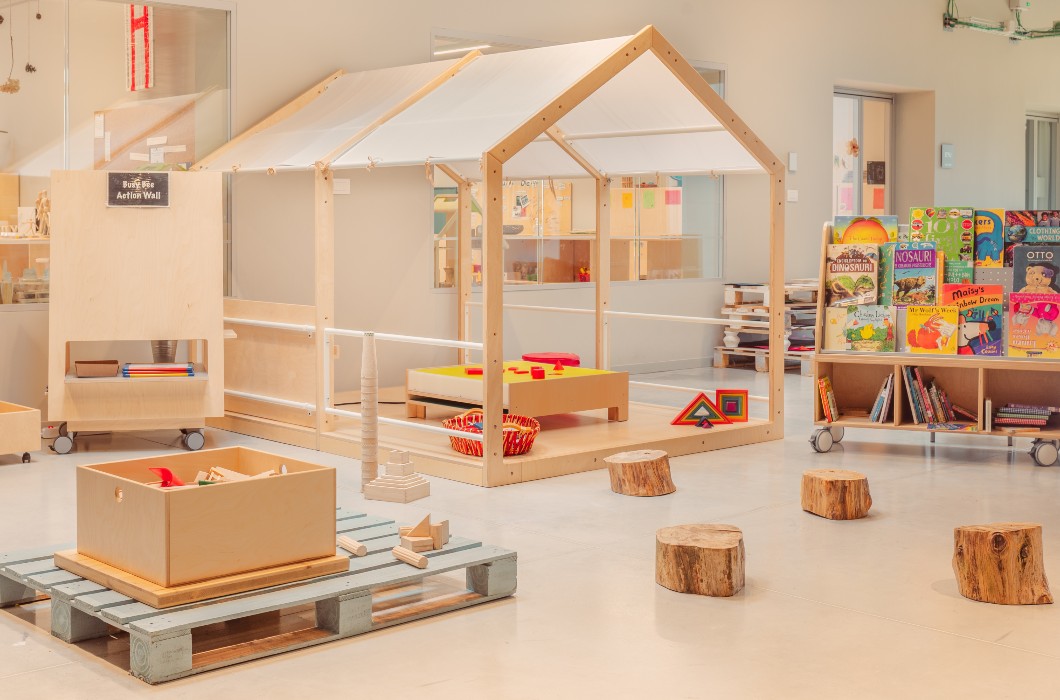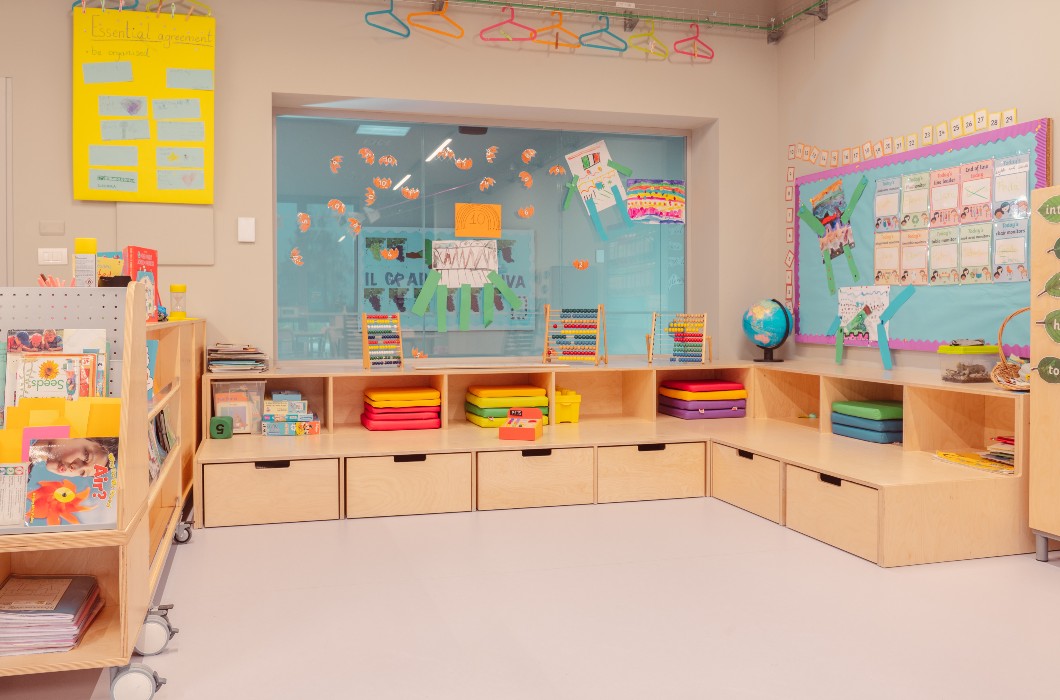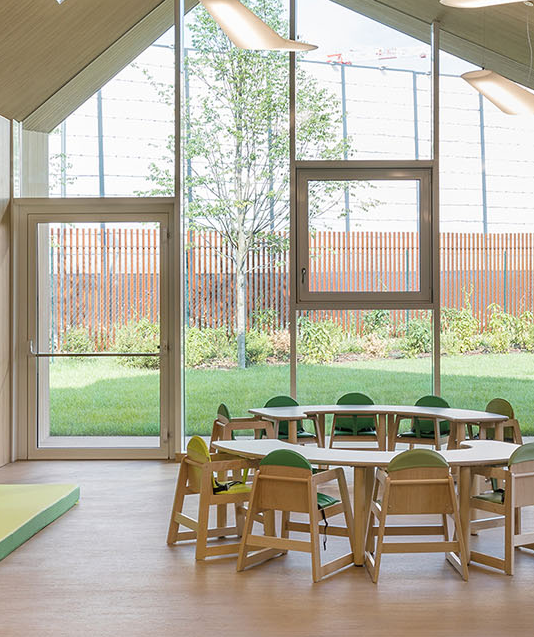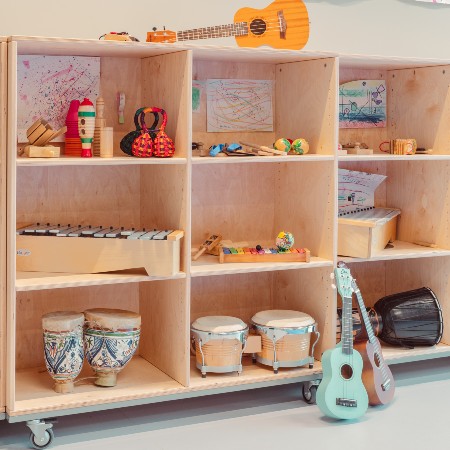The furnishing of kindergartens plays a key role in children's development, as it directly influences their well-being and growth. Furniture must be chosen with care, considering essential aspects such as safety, comfort, and design. In this article, we explore the main factors to consider when selecting furniture for early childhood environments.
Furnishing Kindergartens: Safety First
The most important element in choosing kindergarten furniture is safety. Children are naturally active and curious, and can easily get hurt by poorly designed or inappropriate furnishings. For this reason, it's crucial to choose furniture made from durable, non-toxic materials that cannot be easily damaged or pose a risk to children.
Comfort and Design: Essential Aspects for Forniture
Beyond safety, both comfort and design are fundamental. Children spend a lot of time sitting, playing, and interacting with their environment, so furniture must be comfortable, inviting, and adapted to their scale. A visually appealing, colorful setting also stimulates creativity and imagination.
Material Selection for furnishing kindergartens
When selecting materials, priority should be given to safety, durability, and ease of maintenance. Tables and chairs, for example, should be made from strong materials that are easy to clean. Toys should always be non-toxic and designed specifically for safe use by young children.
GAM Offers Free Design Consultation for Schools
Get in touch today for a free quote - we’ll help you create the right educational environment!

Furnishing Kindergartens: Choosing the Right Colors
Colours play an essential role in shaping the kindergarten atmosphere. Warm and welcoming tones help create a comfortable environment, while bright, vivid colors stimulate energy, creativity, and imagination. It's important to use non-toxic, child-safe paints and finishes. Neutral and pastel tones are recommended for their versatility and calming effect, making them easy to coordinate with other design elements.
Discover GAM's Completed Projects for Nurseries and Kindergartens

Organizing Space in Kindergartens
Efficient space planning is another crucial element. Children need ample room to move and play freely, but the environment must still be organized and safe. Toys should be placed in an orderly, accessible manner, and furniture should be lightweight and easy to rearrange as needed.
Take a look at the GAM furnishings installed at H-FARM for inspiration.
Furnishing Kindergartens: Selecting Educational Toys
Toys are not just accessories - they are a fundamental part of early learning spaces. Choose items that are safe, fun, and developmentally appropriate. Opt for toys that support creativity, imagination, and motor skills, such as building blocks, puzzles, balls, and rocking toys.
Frequently Asked Questions: Kindergarten Furniture
Safety, comfort, and design are key.
Durable, non-toxic, and easy-to-clean materials such as wood or safe plastics.
Neutral and pastel tones that can be easily coordinated with other elements.
Furnishing a kindergarten requires careful planning and attention. The right environment supports children's safety, growth, and emotional well-being. Beyond choosing high-quality furniture and toys, it's important to consider children's preferences and needs to create a stimulating, child-centered space.
The layout, colors, and materials all contribute to a safe, welcoming, and inspiring environment - a space where children feel free to explore, learn, and grow.


